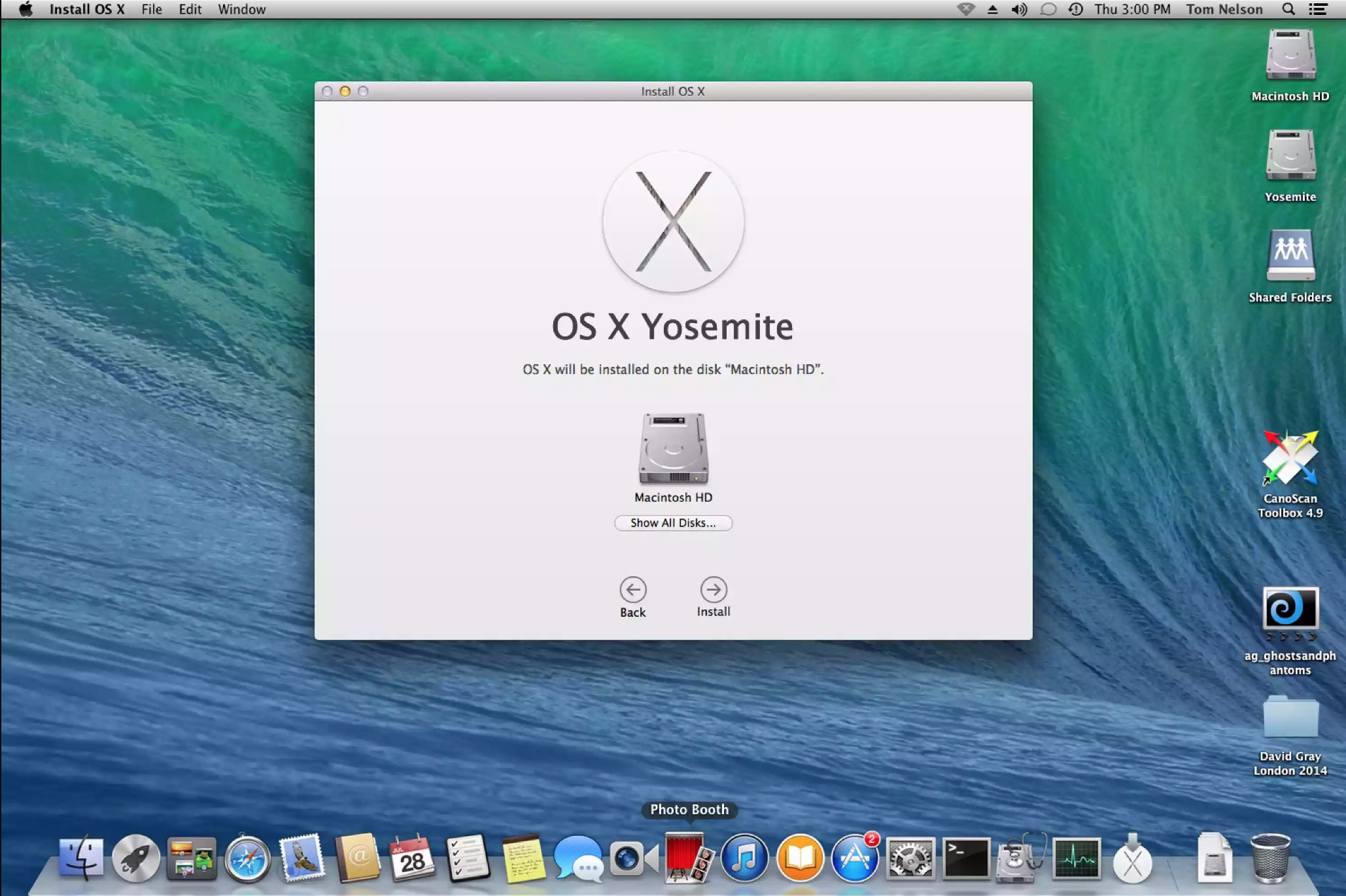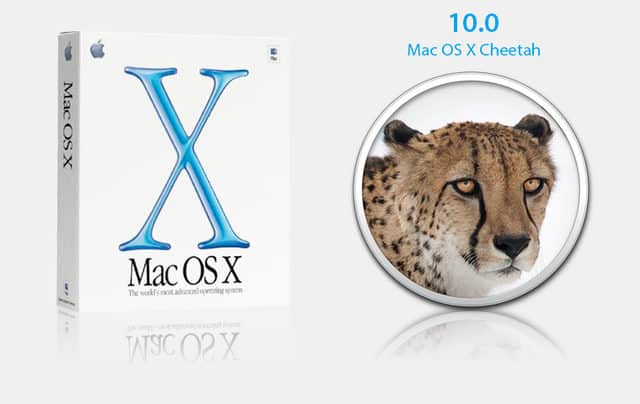

#MAC OS VERSION HISTORY MAC OS X#
Time Machine, the backup mechanism introduced in Mac OS X 10.5 Leopard, has been overhauled to utilize the APFS file system instead of HFS+.

The first Macs with this capability are those that use the Apple M1 SoC (system on a chip). On Macs based on Apple silicon, macOS Big Sur can run iOS and iPadOS applications natively and without any modifications needed from developers, aside from allowing the app to be available on the Mac App Store. Likewise, Apple also introduced an updated universal binary format, Universal 2, which allows developers to package their applications so that they can run natively on both ARM64 and x86-64 processors.
#MAC OS VERSION HISTORY UPDATE#
Apple has said that it will support Intel Macs "for years to come", and most software that has not been ported to run on ARM Macs can use Rosetta 2, an update of a compatibility mechanism originally developed for the PowerPC-to- Intel x86 transition. On November 10, 2020, Apple announced the first Mac Apple silicon chip, the Apple M1, in the Late 2020 Mac Mini, MacBook Air, and MacBook Pro. The chip mentioned in demo videos, and used in the Developer Transition Kit, is the A12Z Bionic. MacOS Big Sur is the first release of macOS for Macs powered by Apple-designed ARM64-based processors, a key part of the transition from Intel x86-64-based processors. Notification Center also features a new widget system similar to that in iOS 14, displaying more information with more customization than previously available. The Notification Center is redesigned, featuring interactive notifications and a transparent user interface. This interface is functionally and visually similar to Control Center on iOS and iPadOS. Interface Control Center Īn interface with quick toggles for Wi-Fi, Bluetooth, screen brightness and system volume has been added to the menu bar. The new OS also brings further integration with Apple's SF Symbols, enabling easier use by third-party developers as UI elements for their applications through AppKit, SwiftUI, and Catalyst, which makes it possible to unify third party applications with the existing Apple-made design language.

Its aesthetic has been described as "neumorphism", a portmanteau of new and skeuomorphism. Compared to iOS, Big Sur's icons include more shading and highlights to give a three-dimensional appearance. All standard apps, as well as the Dock and the Menu Bar, are redesigned and streamlined, and their icons now have rounded-square shapes like iOS and iPadOS apps. Its changes include translucency in various places, a new abstract wallpaper for the first time and a new color palette. MacOS Big Sur refreshes the design of the user interface, described by Apple as the biggest change since the introduction of Mac OS X. Developer Transition Kit (only up to Big Sur 11.3 beta 2 ).Unlike macOS Catalina, which supported every standard configuration Mac that Mojave supported, Big Sur drops support for various Macs released in 20. To maintain backwards compatibility, macOS Big Sur identified itself as 10.16 to software and in the browser user agent. macOS Big Sur started reporting the system version as "11.0" on all Macs as of the third beta release. An exception to this was the Developer Transition Kit, which always reported the system version as "11.0". Providing some indication as to how the pre-release operating system may have been viewed internally at Apple during its development cycle, documentation accompanying the initial beta release of macOS Big Sur referred to its version as "10.16", and when upgrading from prior versions of macOS using the Software Update mechanism to early beta releases, the version referred to was "10.16".

4.8 Other applications found in macOS 11 Big Sur.3.3.2 Support for iOS and iPadOS applications.The operating system is named after the coastal region of Big Sur in the Central Coast of California, continuing the naming trend of California locations that began with OS X Mavericks. To mark the transition, the operating system's major version number was incremented, for the first time since 2000, from 10 to 11. It is also the first macOS version to support Macs with ARM-based processors. Most notably, macOS Big Sur features a user interface redesign that features new blurs to establish a visual hierarchy and also includes a revamp of the Time Machine backup mechanism, among other changes. īig Sur is the successor to macOS Catalina, and was succeeded by macOS Monterey, which was released on October 25, 2021. It was announced at Apple's Worldwide Developers Conference (WWDC) on June 22, 2020, and was released to the public on November 12, 2020. MacOS Big Sur (version 11) is the seventeenth major release of macOS, Apple Inc.'s operating system for Macintosh computers.


 0 kommentar(er)
0 kommentar(er)
